Stone Fruit Hand Pollination – Hand Pollinating Stone Fruit Trees
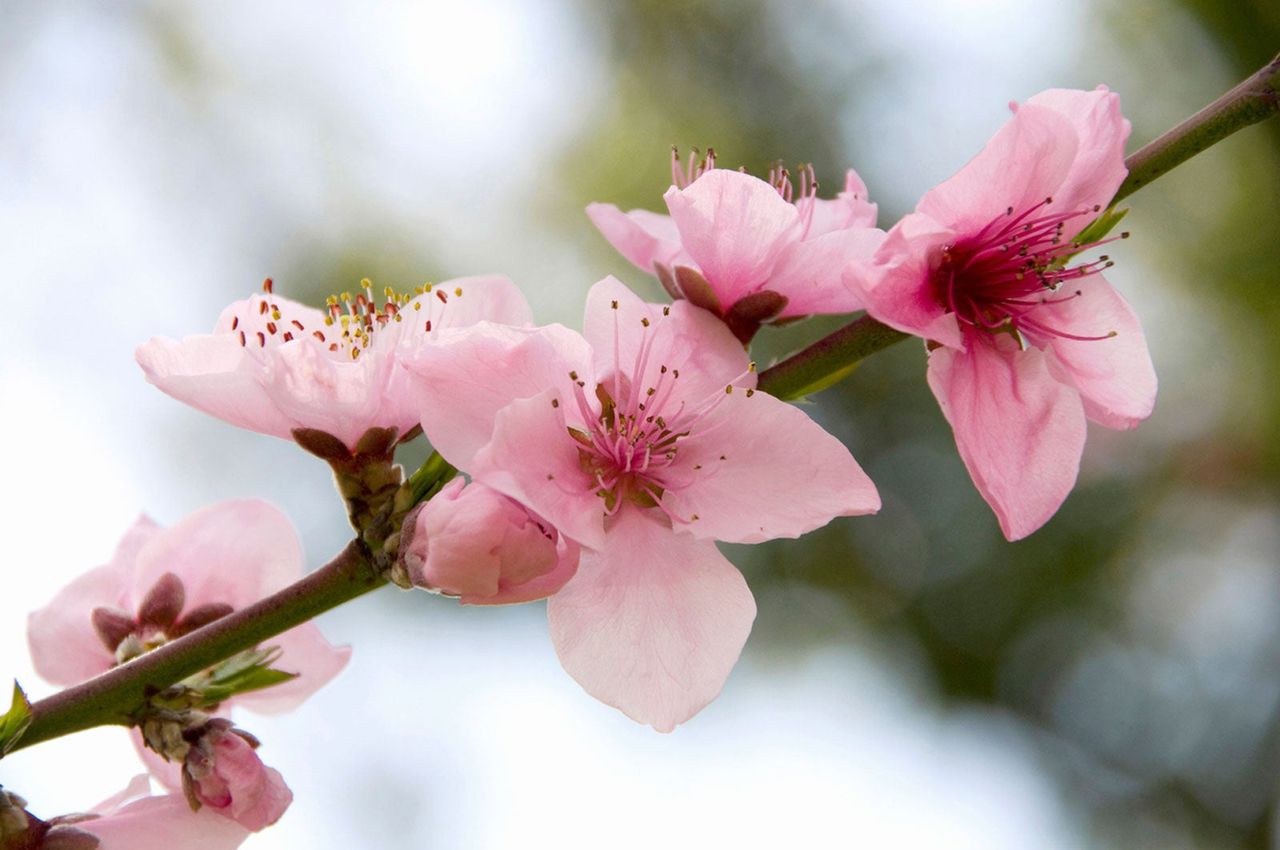

Like anything else, stone fruit trees won’t produce fruit unless their flowers are pollinated. Usually, gardeners rely on insects, but if bees are hard to find in your neighborhood, you can take the matter into your own hands and pollinate stone fruits by hand.
Hand pollinating stone fruit trees is not as unusual as you might think. Some gardeners self-pollinate trees that can pollinate themselves just to be sure of getting a good crop. Read on for information about how to hand pollinate stone fruit.
Understanding Stone Fruit Hand Pollination
Gardeners rely heavily on honeybees, bumblebees, and mason bees to pollinate their fruit trees. But, in a pinch, it’s entirely possible to fertilize the blossoms of some types of fruit trees yourself. This includes stone fruits.
It is easier if your trees can be pollinated with their own pollen. This type of tree is called self-fruitful and most apricots, peaches, and tart cherries fall into this category. For stone fruit hand pollination of trees that are not self-fruitful, like sweet cherry trees, you’ll need to take pollen from another cultivar.
In order to start hand pollinating stone fruit trees, it’s essential to know a stamen from a stigma. Take a careful look at the fruit blossoms before you begin. The stamens are the male parts. You can identify them by the sacs filled with pollen (called anthers) at their tips.
The stigmas are the female parts. They rise from a flower’s center column and have a sticky material on them for holding pollen. To pollinate stone fruits by hand, you need to make like a bee, transferring pollen from the tip of a stamen to the sticky crown of the stigma.
How to Hand Pollinate Stone Fruit
The time to begin stone fruit hand pollination is in spring, once the blossoms are open. The best tools to use are cotton puffs, q-tips, or small artist brushes.
Gardening tips, videos, info and more delivered right to your inbox!
Sign up for the Gardening Know How newsletter today and receive a free copy of our e-book "How to Grow Delicious Tomatoes".
Collect pollen from the anthers on the stamen tips by blotting them gently with your cotton puff or brush, then deposit that pollen on a stigma’s crown. If your tree requires another cultivar for pollination, transfer pollen from the flowers of the second tree to the stigmas of the first tree.
If the flowers are too high to easily reach from the ground, use a ladder. Alternatively, attach the cotton puff or paintbrush to a long pole.

Teo Spengler is a master gardener and a docent at the San Francisco Botanical Garden, where she hosts public tours. She has studied horticulture and written about nature, trees, plants, and gardening for more than two decades. Her extended family includes some 30 houseplants and hundreds of outdoor plants, including 250 trees, which are her main passion. Spengler currently splits her life between San Francisco and the French Basque Country, though she was raised in Alaska, giving her experience of gardening in a range of climates.
-
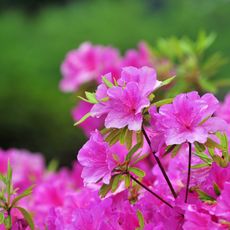 Ideal Azalea Water Requirements – For Lush, Healthy Shrubs That Will Thrive For Years
Ideal Azalea Water Requirements – For Lush, Healthy Shrubs That Will Thrive For YearsWhat are an azalea's water requirements? Learn how to keep these beautiful spring-blooming shrubs happy and healthy in your yard or container garden.
By Amy Grant
-
 7 Vegetables To Plant In April: Start Indoors Or Outside For A Bumper Summer Harvest
7 Vegetables To Plant In April: Start Indoors Or Outside For A Bumper Summer HarvestAchieve your growing ambitions with these best vegetables to plant in April – including cold-hardy crops to sow direct and tender varieties to start indoors
By Mary Ellen Ellis
-
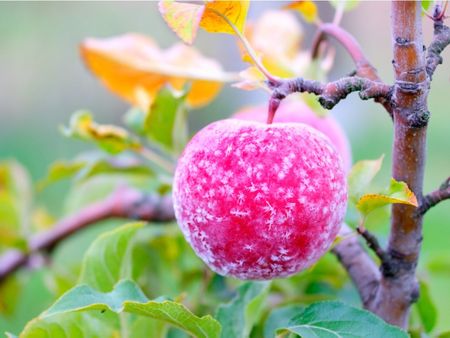 How To Protect Fruit Trees From Frost And Freeze
How To Protect Fruit Trees From Frost And FreezeChoosing fruit trees appropriate for your growing zone is best, but you still may need to protect them from extreme cold. Read how.
By Bonnie L. Grant
-
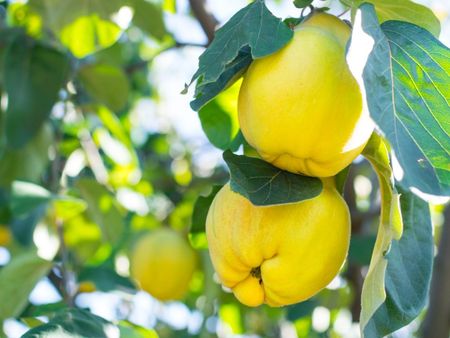 Best Plants For Late Summer and Fall Fruit Harvest
Best Plants For Late Summer and Fall Fruit HarvestEven if you don’t have the optimal conditions for more common fruit trees, there are other end of summer fruits to enjoy.
By Teo Spengler
-
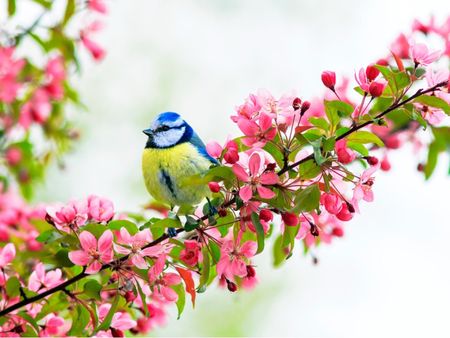 Best Native Fruit Trees To Support Wildlife
Best Native Fruit Trees To Support WildlifeIf you want trees that will attract and feed wildlife, learn the best kinds of edible fruit and nut trees to plant for inviting specific creatures.
By Teo Spengler
-
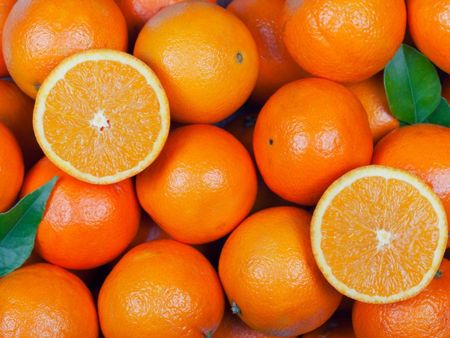 Orange Fruit Varieties: Growing Fruits That Are Orange
Orange Fruit Varieties: Growing Fruits That Are OrangeOrange colored fruit isn’t limited to the citrus orange. There are plenty of other orange colored fruit varieties, each packing a healthful punch. Read on for more.
By Amy Grant
-
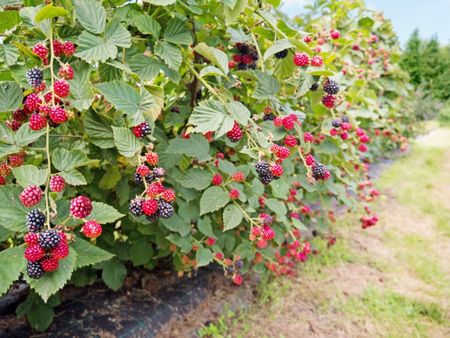 Everbearing Plants: Learn About Everbearing Varieties Of Fruit
Everbearing Plants: Learn About Everbearing Varieties Of FruitWhat does everbearing mean? And more importantly, how do everbearing varieties differ from non-everbearing types? Read on for more.
By Laura Miller
-
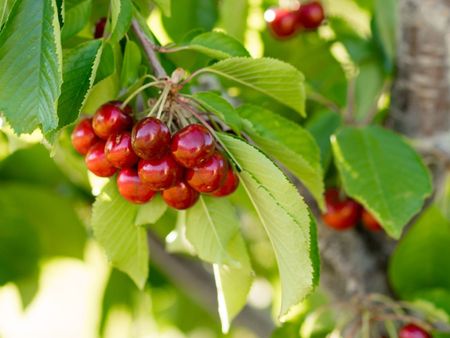 Plant A Red Fruit Garden: Growing Fruits With Red Flesh
Plant A Red Fruit Garden: Growing Fruits With Red FleshPlanting a red fruit garden may seem a bit whimsical. That is, until you realize the health benefits of consuming fruits with red flesh.
By Laura Miller
-
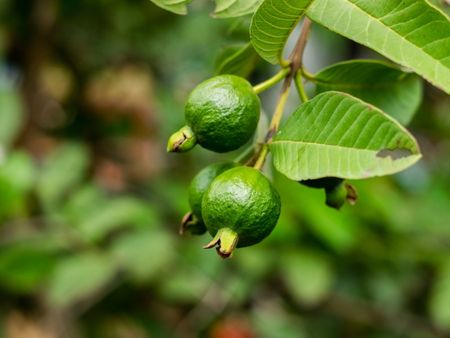 Heat Tolerant Fruits - Growing Fruit In Hot Weather
Heat Tolerant Fruits - Growing Fruit In Hot WeatherSome fruit grows in extreme heat naturally. But there are also specially cultivated, heat-tolerant varieties. For more information on heat tolerant fruits, read on.
By Teo Spengler
-
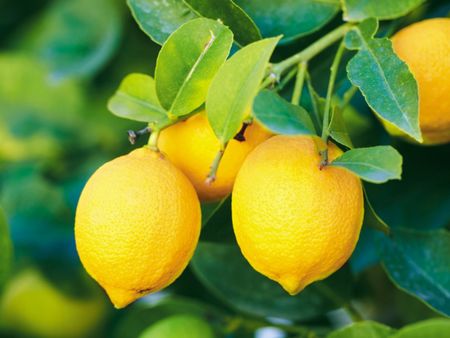 Yellow Fruit Varieties - Growing Fruit That Is Yellow
Yellow Fruit Varieties - Growing Fruit That Is YellowWhat fruit is yellow? There's more than the bananas at the supermarket. Try growing yellow fruit for a consistent supply of sunny food.
By Bonnie L. Grant